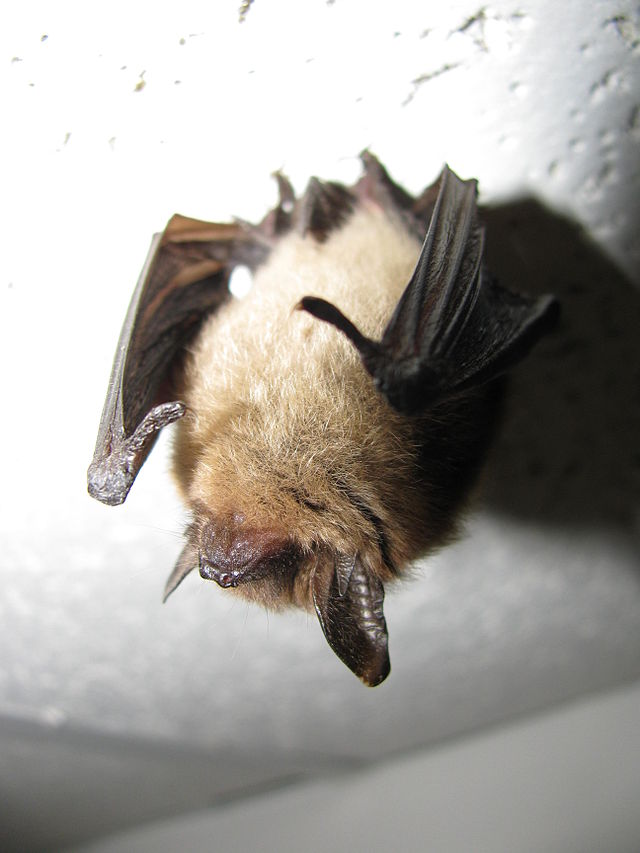

A bat that may soon be added to the Endangered Species List could interrupt plans for a new oil pipeline in the Midwest. The proposed Sandpiper oil pipeline, intended to carry crude oil from South Dakota to Wisconsin, is nowhere near as big or controversial as Keystone XL. But it’s another flash point in the fight between sensitive wild animals and the oil and gas industry.
The potential pipeline would run 150 miles through the habitat of the northern long-eared bat, which has been decimated by white nose syndrome. Federal officials are about to determine whether it should be listed as threatened or endangered, after a series of meetings and public-comment periods last fall. Their deadline is April 2, but officials think the decision might come sooner, according to a report by Minnesota Public Radio.
This little bat, which is about the size of a one-dollar coin and weighs just 5 to 8 grams, used to be commonplace in the northeastern US. But white nose syndrome has killed about 99 percent of the population, the US Fish and Wildlife Service said in conference calls last fall. The bats hibernate in caves during winter, where they can easily spread the fungus that causes white nose. In the spring, they migrate 50 miles through forests to roost in trees, where the females give birth. The mothers go out at night to hunt insects, and the pups stay in trees until they can fly.
The pipeline would require removing some of those trees, so if the feds declare the bat as endangered or threatened, the project might be delayed or forced to choose a different route that avoids them. The company building the pipeline started its own study to examine the bats’ habitat, and has already modified its planned route, according to MPR.
They’ve also turned up some more intriguing findings — they argue the bats are more common than wildlife officials thought. From MPR: “The study’s nets caught hundreds of bats of various species. Long-eared bats were the most common, even more than little brown bats, which the DNR lists as the most common bat in Minnesota.”
Based on those findings, the Missouri Department of Natural Resources applied for a grant to do more research through this summer. Meanwhile, the oil company, Enbridge, is sharing its findings with wildlife officials. Will the company’s data show the bats don’t need protection?
All this comes on the heels of not only the Keystone XL debate, but a 50,000-gallon oil spill into the Yellowstone River Jan. 17. The river flows north from the national park to North Dakota and is a source of drinking water for some nearby towns. The EPA called it a “significant spill” not only because of its effect on human populations, but wildlife, too. It’s worth noting that bats, which fly and don’t live on the ground, can be just as affected by oil production as any other animal.
